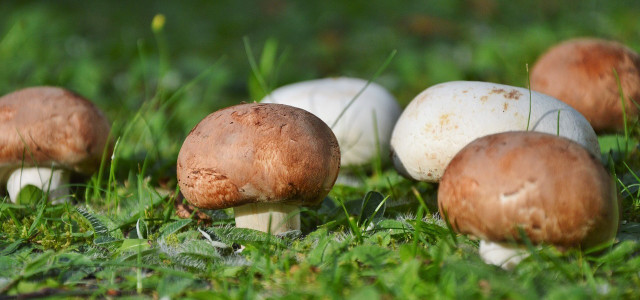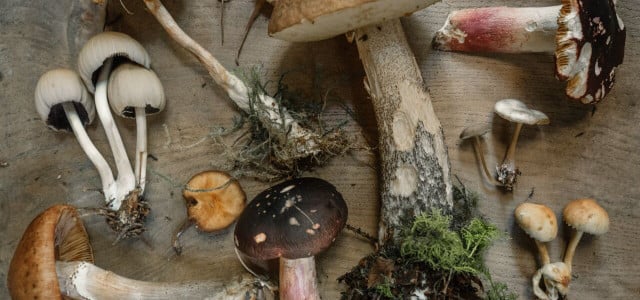Fermented mushrooms are easy on the digestive system and even more delicate to digest that other fermented vegetables. Read here to learn how to ferment mushrooms yourself safely.
Once you understand the basics of fermentation, it feels like you can repeat these processes in your sleep. Fermented mushrooms, however, are a bit trickier because you have to be more careful with potentially dangerous toxins that many of them carry. There’s no need to worry — this article will explain how to avoid these risks and safely ferment mushrooms for a deliciously easy and digestible food.
Interested in learning more about fermentation? Read Fermenting Vegetables at Home: A Beginner’s Guide.
Fermenting Mushrooms: Why It's Different
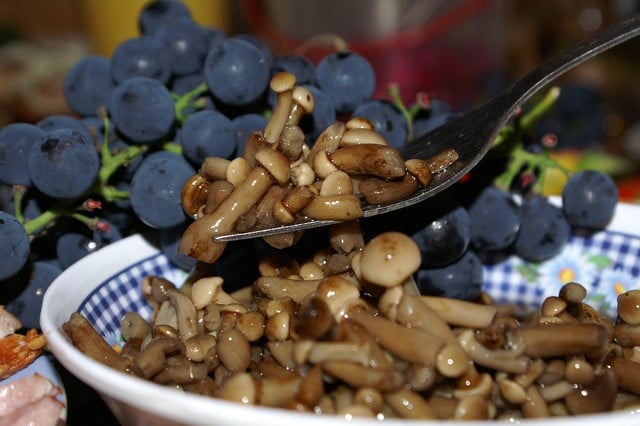
(Foto: CC0 / Pixabay / delo)
Many raw mushrooms, even edible ones, contain trace toxins that fermentation alone may not remove, so it’s important to follow specific guidelines when fermenting mushrooms. Due to the dense cell structure of mushrooms, they can potentially cause a type of food poisoning if not heated prior to fermentation.
The difference is merely in the preparation, either by heating with very hot water or dehydrating the mushrooms first, in order to extract beneficial phytonutrients which combine with the good bacteria during the fermentation process to increase the nutritional benefits.
Which Mushrooms to Use
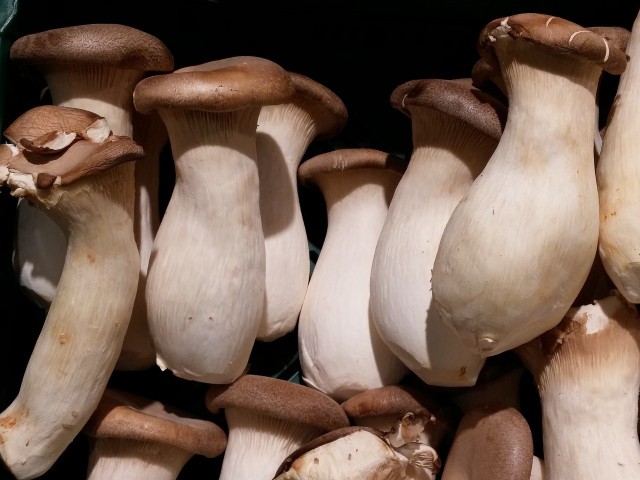


(Foto: CC0 / Pixabay / peter-facebook)
Any edible mushrooms can be fermented, but this recipe stems from the Slavic method of fermenting mushrooms which traditionally used saffron milk cap or Lactarius deliciosus — a mushroom you won’t find in the supermarket and can only be foraged.
If you happen to know where to forage these mushrooms, you can save this recipe to try it with them later. Otherwise, this recipe is best with denser mushrooms such as oyster, shiitake, porcini, or chanterelle. As with most fermentation recipes, you can modify which spices and herbs you choose to use for your specific flavor profile. You can ferment mushrooms to enjoy on sandwiches, as appetizers, on salads, and more.
Fermented Mushrooms Recipe
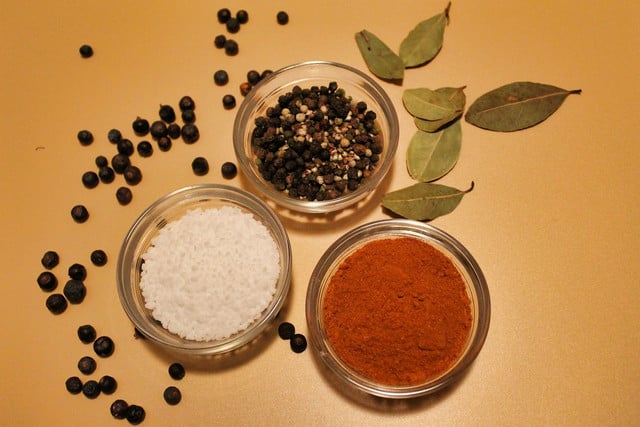


(Foto: CC0 / Pixabay / BiggiBe)
Supplies:
- 2 sterilized 16 oz. mason jars
- 2 coffee filters
Ingredients:
- Brine (4 cups of filtered water mixed with 2 tbsp sea salt)
- 16 oz. mushrooms, cut into quarters
- Fresh rosemary
- 4 black peppercorns
- 4 mustard seeds
- 6 juniper berries
- Optional: other fresh herbs like basil, thyme, oregano
How to Ferment Mushrooms:
- Bring a pot of water to a simmer, turn the heat to low, and add the mushrooms. Allow the mushrooms to sit in the water for approximately 20 minutes, then drain and let cool.
- Add an inch of brine to the bottom of a mason jar.
- Add about two inches worth of mushrooms to the jar and top with bits of fresh herbs.
- Add enough brine to cover the mushrooms. Gently pressing the mushrooms down as you go.
- Repeat steps 2-4 until the mason jar is full, leaving about 1 inch of space at the top. Then repeat with the second jar if necessary.
- Distribute the peppercorns, mustard seeds, and juniper berries evenly between the jars.
- Make sure the mushrooms and herbs are completely submerged in the brine to protect them from bacteria that will encourage mold growth. You can use a cabbage leave on top of the mushroom mix to help keep them submerged.
- You will probably need to use two mason 16 oz. mason jars to fit mushrooms, brine, and herbs, but you can also use other jars that best suit you. When finished, distribute black pepper corns, mustard seeds, and juniper berries evenly between the jars.
- Make sure the mushrooms and herbs are completely submerged in the brine so they are protected from bacteria that will encourages mold growth.
- Place a coffee filter on top of both mason jars and wrap a rubber band around it. Set the jar in a cool dark space for three days. At the end of the three days the mushrooms are ready to be enjoyed.
- Put a lid on the mason jar and transfer the mushrooms to the refrigerator. Fermented mushrooms stay good in the fridge for up to 4 months.
Tip: You can use a cabbage leaf on top of the mushroom mix to help keep them submerged. You can then place a fermentation weight (available on Amazon**) on top of the cabbage leave to ensure everything remains covered.
Read more:
- How To Grow Mushrooms: A Beginner’s Guide
- How to Dry Herbs: 4 Easy Methods You Should Know
- What is Miso Paste? Origin, Production and Nutrition
Do you like this post?







